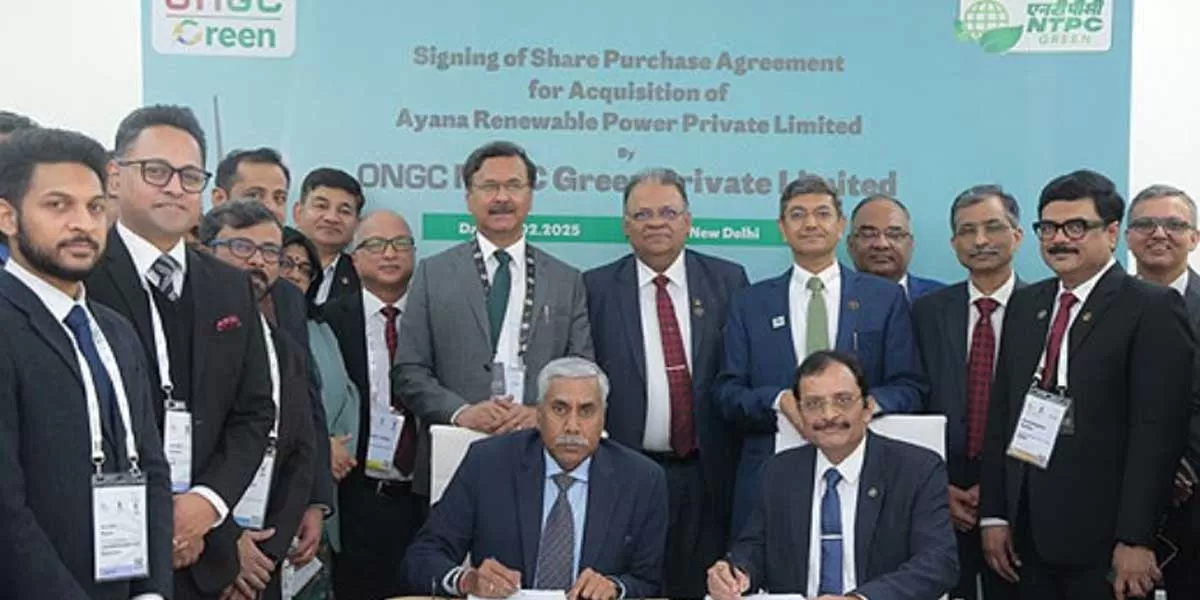The world of the workplace is constantly changing, the people around adapting to it. Change is an endless process and for business to prosper, the only certainty is to quickly adapt. Business park management is a niche concept in the world of real estate, but it is rarely known what goes into managing these large business parks that houses multiple corporations. Like any business, which mostly revolves around customer centricity, park management is alike but with more accountability and difficulty due to numerous stakeholders involved with these large-sized facilities. Further, these business parks also come with variations ranging from an IT and ITES park to SEZ or even a multi-use park. These properties can be a cluster of independent buildings with common amenities or a combination of smaller sub-clusters with multiple occupants.
As we reconsider the colossal effects of the global pandemic on regular functioning of businesses and their facilities, business parks are the most vulnerable to the spread of the virus. This is a very sensitive situation as it witnesses the presence of multiple stakeholders in the system at various levels of organisations with diverse interests and expectations during a crisis. Nevertheless, proactive problem resolutions and well-organised risk management processes have ensured the reasonable wellbeing of all in this community. We can be certain that the need for professional services in facility management will be a prototypical component of the real estate ecosystem in the future. It is almost affirmative that business continuity will be possible only when the management of facilities in the post-COVID world are done at par with excellence.
While the definition of normalcy is yet to be redefined post the pandemic, we already observe a few modifications as a part of our lifestyle and as an on-going practice in business parks. Fundamentally for business park managers, the top priority is to ensure that all areas within the park are well maintained with utmost hygiene standards. Regular cleaning of commonly accessed areas and touchpoints, elevators, stairs and common utilities, deep cleaning of HVACs and ducts, fumigation of the entire premises regularly heightened security control, strict emphasis on compliance, empowered teams dedicated to ensure employee health and safety regulations, permanent placement of crisis response teams, presence of isolation wards and dedicated clinics within the park premises, use of communication channels to ensure smooth and real-time the flow of information, these are among the plethora of practices that would define the new normal for IFM companies.
From a park user’s perspective, a 360-degree transformation in lifestyle is already evident. Social distancing by following routes to impose its need, isolation from society, packing our PPE’s as part of the daily kit, high level of consciousness on personal hygiene, frequent checks on body temperature as pre-emptive measure to sickness, eating healthy, an array of what will be the new normal… Also ‘Namaste’ coming back to light as the healthy way to greet!
From a stakeholder’s perspective, there are numerous angles of anticipating the future of their business. Focusing on those within business parks, a major process of thinking would go into the sustenance of business with reworked overheads. Some of these businesses, as their area of work demands it would need to report with the same headcount from their office space; Some organisations would endeavour into part work from home and office model, some may even go complete remote workability. For those that see the need for the same or increased occupation to resume operations in the same pre-pandemic manner, with social distancing between employees increasing the per person space requirement, occupying more office space may seem feasible if the model ensures success and cost-effectiveness. For those who will functions with a reduced number of employee counts and a remote workability model, revamping of the facility, decreasing leased space or venturing into co-working spaces may be the way forward. A thorough practice-based analysis will shed more light on the efficiencies of these actions.
The silver lining, with countries across the globe looking for a
new alternative to China to meet manufacturing and industrial requirements, this brings an opportunity during adversity to the Indian sub-continent. With the sector of industrial parks becoming more predominant and coupled with the possible demand of the industrial and manufacturing sectors in our country, a positive side to this pandemic seems to be on the horizon; and the facility management organisations would leverage on this to ensure their continued growth.
About the Author:
Pradeep Lala is the Managing Director & CEO at Embassy Services.

















